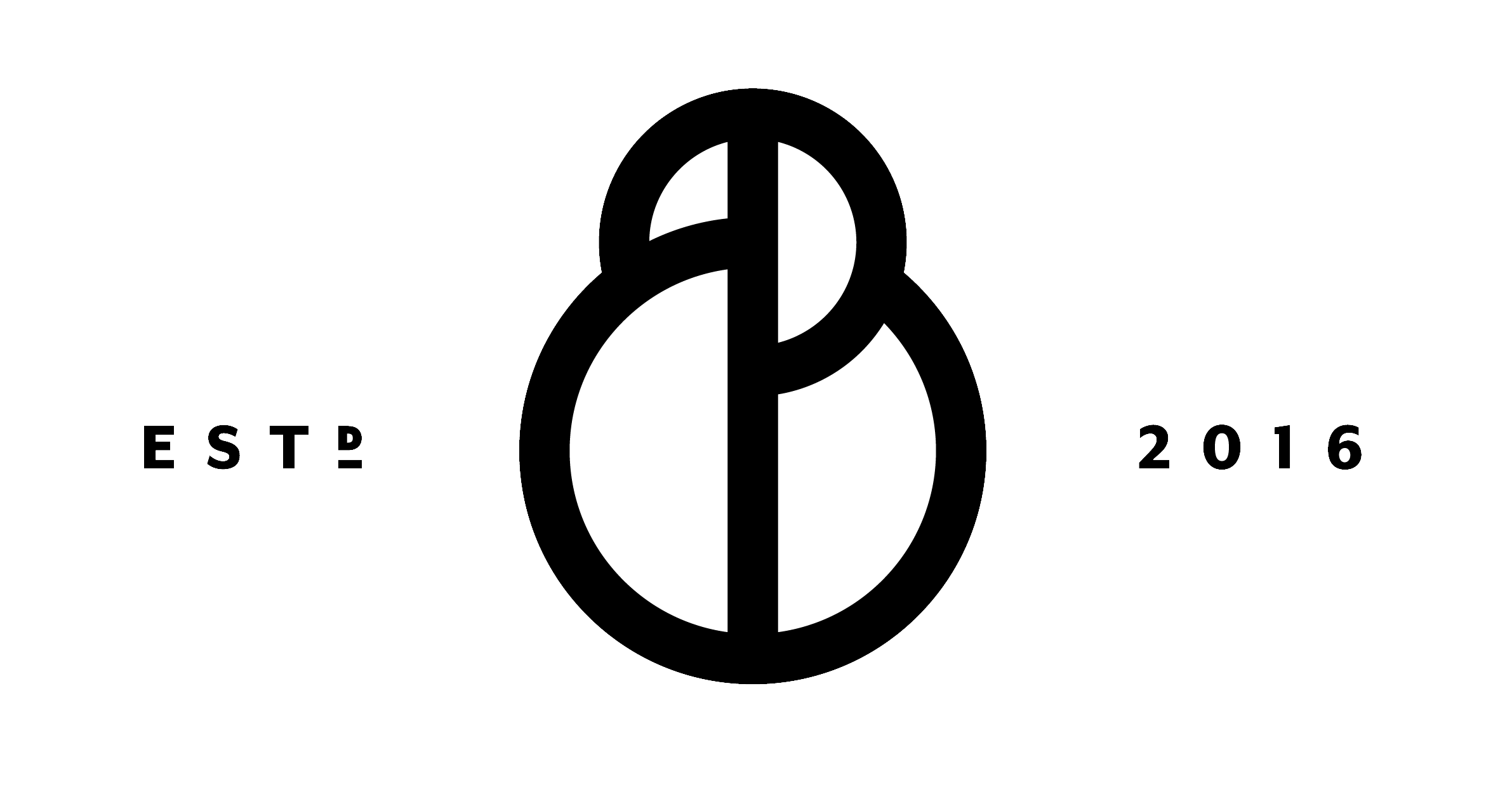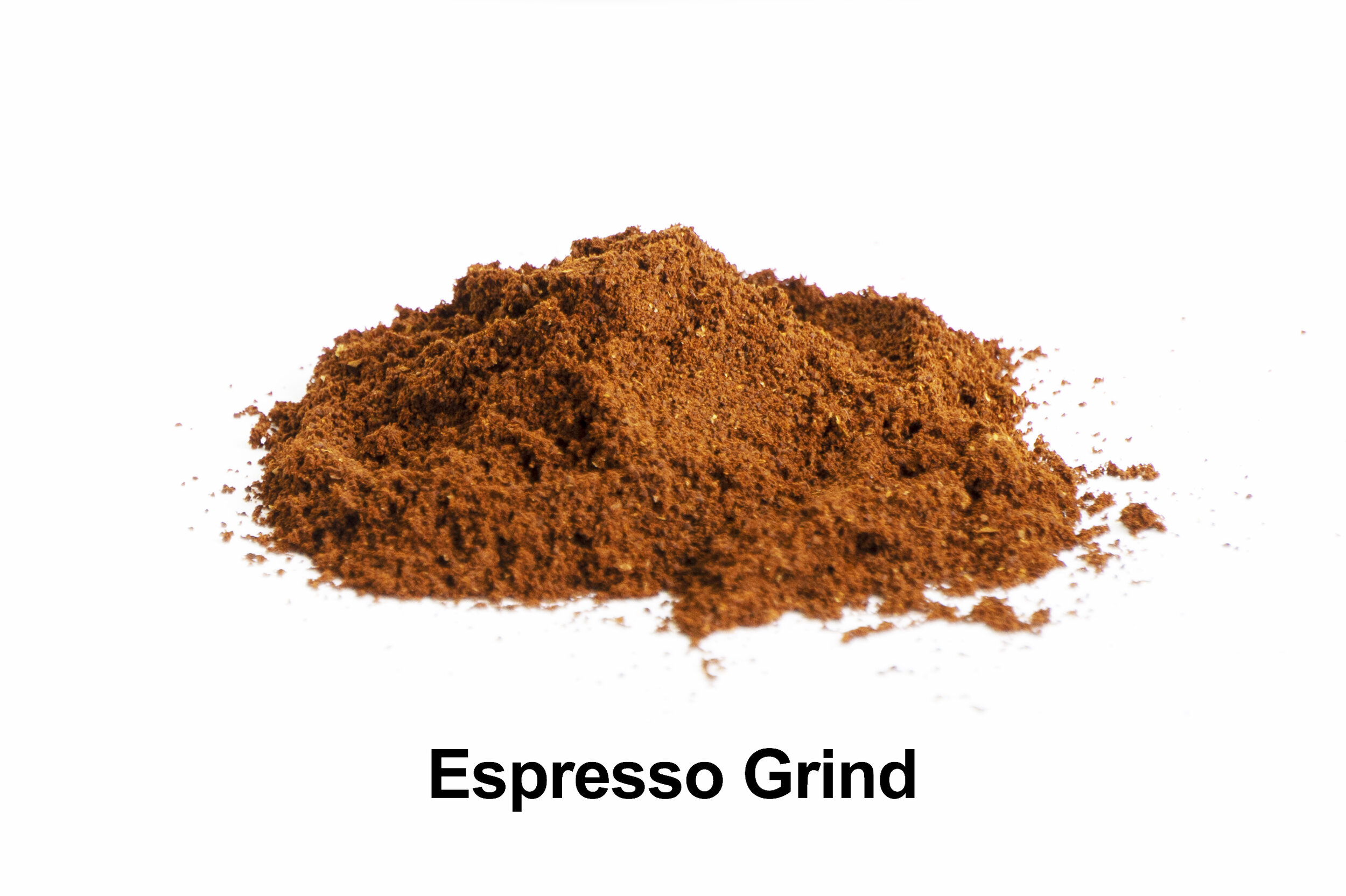How to make coffee at home
FILTER COFFEE
In coffee, nothing is more important than knowing how to make coffee at home. Learn how to make coffee at home with this guide. With many of us working from home more than ever, the ability to make coffee at home is becoming increasingly important. One of the most fundamental parts of making some of the best coffee at home, is starting with good beans. This should be from a reputable supplier. We have a range of premium coffees, enjoyed by many around the world. But we always recommend people start with our Ethiopian grade 1 (www.bounbeans.com/store).
Our Ethiopian coffee beans are premium, top grade, and come from a co-op where a lead farmer represents a cohort of wider farmers who depend on good prices for their produce to feed their families. When I say families, I am talking about their wives, children, children’s children, and often other extended family. Many people working on coffee farms can earn a few dollars per day, often room and board is all that is provided. In developing countries, there is often a grey area in regards to the minimum wage, and it is not as well as regulated and enforced as it is in developed countries.
With our Ethiopian coffee, we have been supporting the co-op for the best part of 5 years. The farmers are easily contactable and open and transparent.
With that said, once you have sourced a good bag of quality coffee (www.bounbeans.com/store) you then need to understand how to grind it. It is worth thinking forward and deciding whether you want an intense cup of coffee (i.e espresso) or a gentle sip-able coffee (filter coffee). The grind size is important, and is different for both. This topic has been covered in our blog (www.bounbeans.com/grind-size-importance-blog-5).
Once you have decided on the type of coffee you want to brew, and have ground it accordingly - use the guide on our blog (www.bounbeans.com/grind-size-importance-blog-5), you can proceed to the first step below.
How to make coffee
Step 1
Prepare your equipment. Make sure it is clean and dry. We will begin with the filter coffee grind, and prepare our dry clean cafetière.
Empty cafetière - coffee brewing equipment
Step 2
Place the coffee grounds into the cafetière. The beauty of this brewing method is that you can alter and adjust the dose to your needs. A trial and error approach may be needed initially but we use the 10% rule (our personal rule not an industry standard). This means, 10% ground to water ratio. I.e if you are going to use 200ml of water, the dose would be 20g of ground coffee. Again, please adjust according to your need and taste preference.
Step 3
Now it’s time to pour the hot water over the coffee. Be sure to let water cool a little once boiled. A good rule of thumb here would be to never pour freshly boiled water over ground coffee, this can result in scorching and take away some taste notes. The industry standard temperature is 92-94 degrees Celsius (https://sca.coffee/research/coffee-standards). There are special temperature specific kettles that can brew to a preset temp. However, if you are using a standard kettle, the 92-94 degree temp can be achieved by letting the water cool down for 2 minutes once boiled. Pour your water in slowly and be sure to leave enough space at the top to comfortably place the plunger in.
Step 4
Now it’s time to let the coffee grinds mix with the water and brew - more technically: let the flavours extract. It may take another 2 to 3 minutes for the coffee flavours to extract. You can help with process along by slow stroking the top of the water / grounds with a spoon. This should produce a silky lather.
Cafetière brewing
Step 5
Plunge and enjoy. If you have waited several minutes for the flavours to extract. You may have also noticed that if you look close enough, you can see the individual coffee grounds falling to the bottom of the cafetière - as seen below in the video.
You can now place the plunger on top of the coffee and slowly begin to push it so that it begins to filter the coffee and allow you to pour your filter coffee into your cup without any of the ground coffee coming through.
The more you brew, the more refined your taste will become and your brewing skills. Once you’ve found the right coffee-grind-to-water ratio, you’ll then be able to take things further by experimenting with different types of water. This can include trying different types of bottled water, or with conventional tap water vs filtered tap water. If you live in an area with hard water (you can check this here: https://www.thameswater.co.uk/help/water-quality/check-your-water-quality#/search) it’s worth considering using bottled water due to the advantage that the minerals will be balanced.








